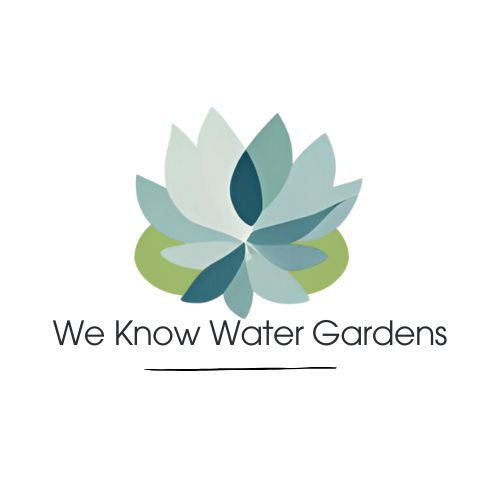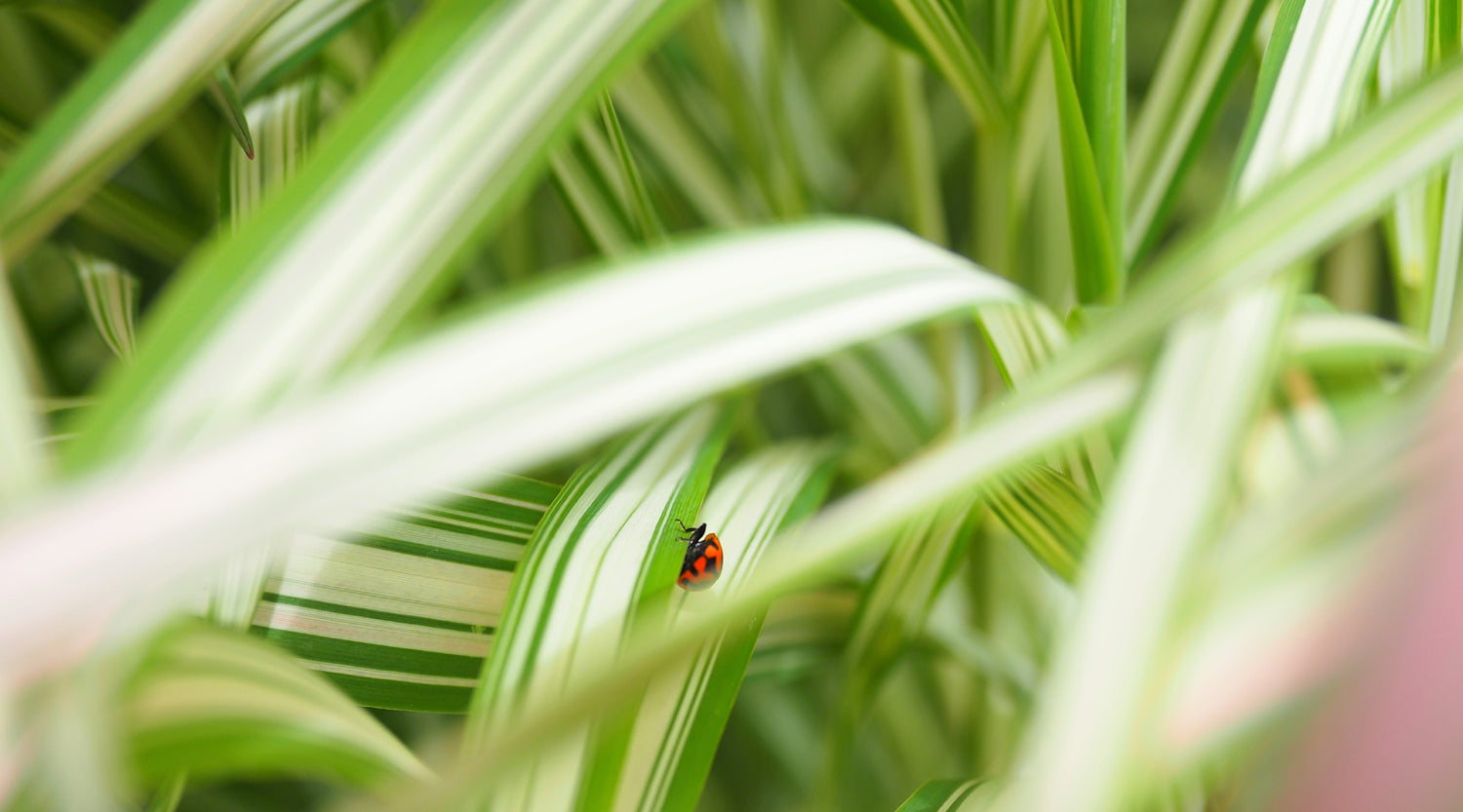The benefits of adding oxygenating plants to a pond
on Aug 16, 2022
If you think back to biology at school, then you’ll probably remember that plants go through a process called photosynthesis where they use sunlight, water, and carbon dioxide to produce oxygen and nutrient to feed themselves. This process doesn’t just happen with plants that grow in our garden. It also happens with plants in a water garden or pond. Plants that grow with some or all of their leaves submersed take carbon dioxide from the water and return oxygen to the water. These are often referred to as Oxygenators.
Are Oxygenating plants essential for a pond?

Gases such as oxygen and carbon dioxide diffuse through the surface of the water so by agitating or splashing the water surface with a pond pump or filter, oxygen will enter the water for fish and other organisms that live in it. You really can’t have too much oxygen in a pond so oxygenating plants will certainly benefit the pond environment. Aside from adding oxygen to the water, they also draw up nutrients, so they reduce algae growth and provide cover and shelter for fish, tadpoles, and baby fish known as fry. The nutrient that is produced is primarily in the form of ammonia, nitrites, and nitrates and if these build up, they can become toxic to the fish in the pond. Vigorously growing oxygenating plants consume this waste quickly and efficiently.
How many oxygenating plants do I need for my pond?
There are a few variables to consider when it comes to working out the correct number of oxygenating plants for ponds. This includes how much sun the pond receives; how much livestock is in the pond and how much surface area of water there is. A rough guide would be to have 3 oxygenating plants for every square meter of pond surface. So if a pond was 2 metres x 2 metres it would have a surface area of 4 sq metres. That means you will require 12 oxygenating plants for the pond.
Remember this is only an initial guide and as your fish grow or you add more fish to the pond, you will need more plants. But you can’t have too many oxygenating pond plants and the good news is that oxygenating plants for ponds are quick growers so you can easily divide and repot them so in no time you will have more than enough oxygenating plants for your pond. Depending on the conditions, they can grow rapidly & will need cutting back. Their foliage makes excellent garden mulch & you can add it directly to your compost heap.
What are the best oxygenating plants?
There are lots to choose from as any plant that has, some or all of its leaves submersed will oxygenate the water. But here are two of my favourites
1. Milfoil (Myriophyllum crispatum)
Is an excellent oxygenator. It can be left in the floating ring that all of our plants come with where it will spread out and spill down into the water and it can reach a width of up to 60cm. To get the best out of it as an oxygenating pond plant, it can be submersed to a depth of 20cm and allowed to spread out underwater. Its feather-like leaves provide great cover and spawning sites for frogs and fish.
come with where it will spread out and spill down into the water and it can reach a width of up to 60cm. To get the best out of it as an oxygenating pond plant, it can be submersed to a depth of 20cm and allowed to spread out underwater. Its feather-like leaves provide great cover and spawning sites for frogs and fish.
2. Brahmi (Bacopa Monnieri)
A true all-rounder of pond plants. Like Milfoil it can be left to spread from its floating ring or be submersed in the pond. It can be submersed to a depth of 20cm where it will continue to spread under the water. Aside from being a great oxygenating pond plant, the leaves can be picked and brewed into a tea, and it produces a tiny white flower.
its floating ring or be submersed in the pond. It can be submersed to a depth of 20cm where it will continue to spread under the water. Aside from being a great oxygenating pond plant, the leaves can be picked and brewed into a tea, and it produces a tiny white flower.
If you're still unsure what plants to get, give our oxygenator starter pack a go.
© We Know Water Gardens 2022
Share

